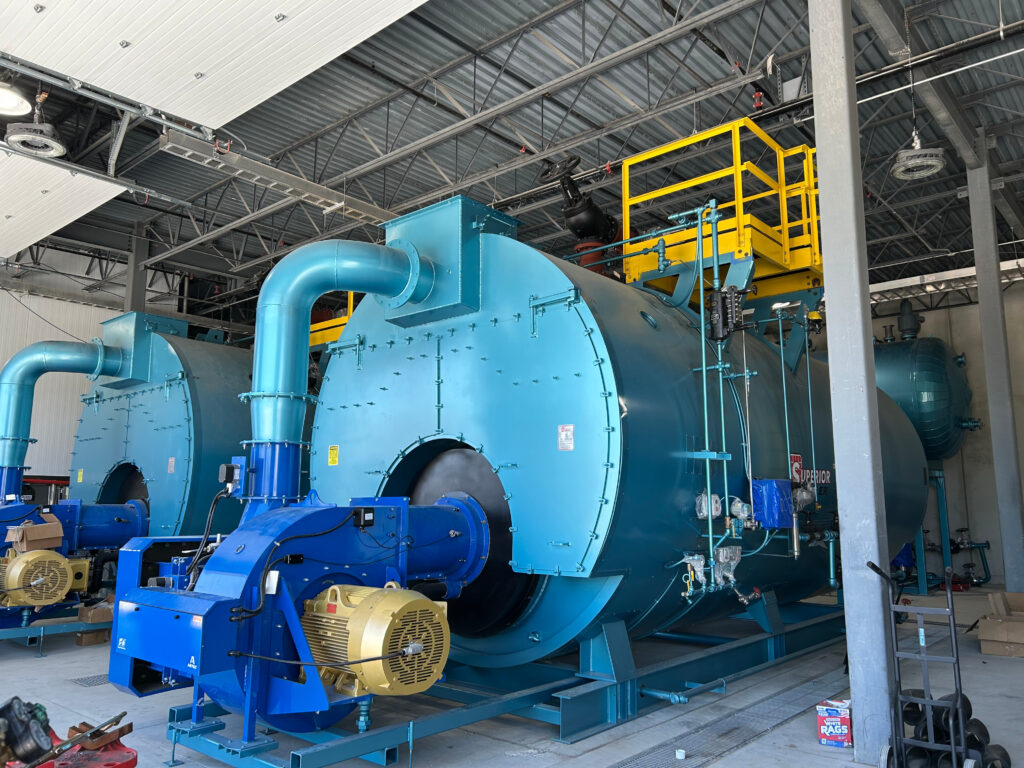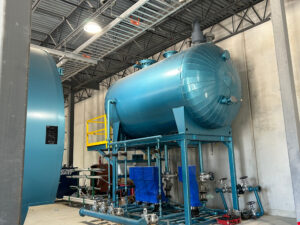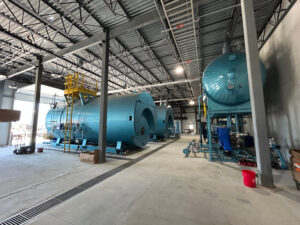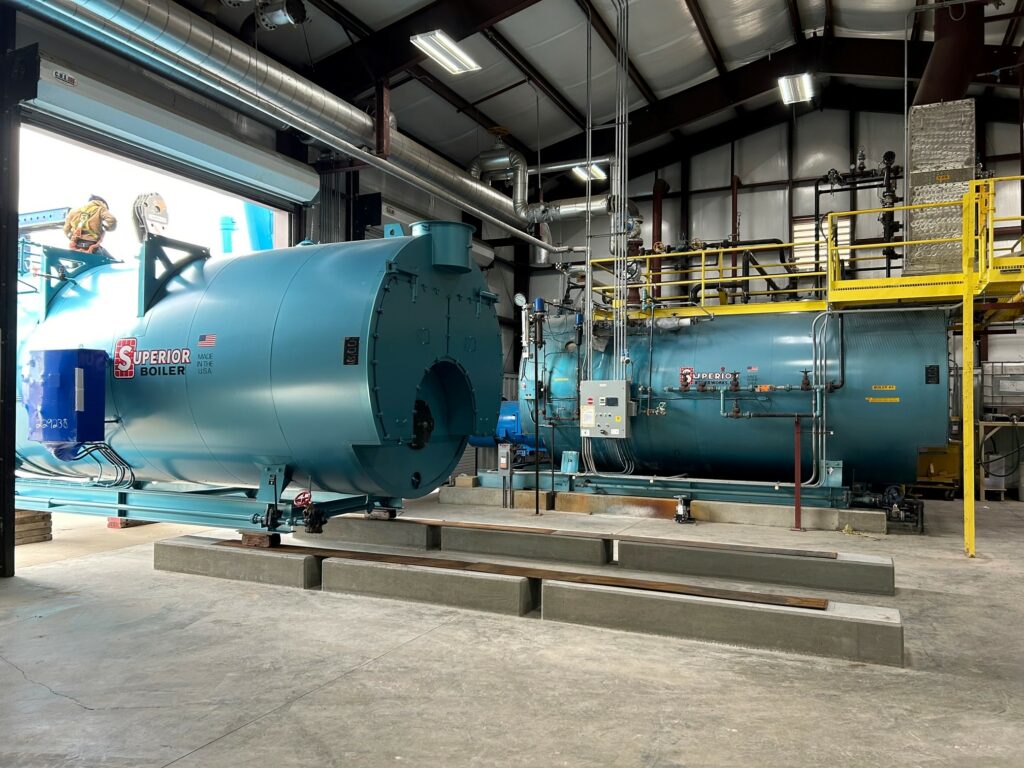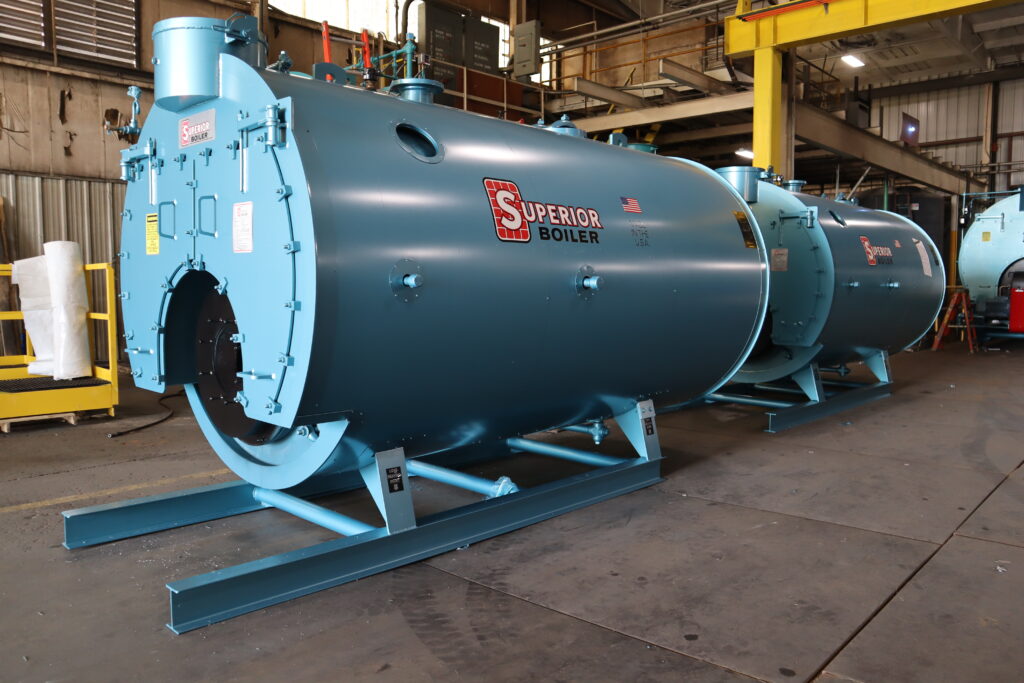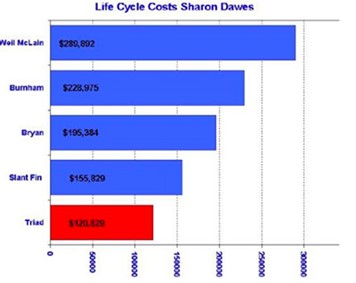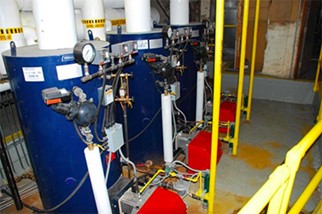On November 15, 1954, Superior Boiler & Supply Co. (now Superior Boiler) of Hutchinson, Kansas, shipped its first registered National Board boiler. Over 60 years and thousands of vessels later, Superior Boiler is now preparing to ship its 20,000th National Board-registered boiler.
History of the National Board of Boiler and Pressure Vessel Inspectors
The National Board of Boiler and Pressure Vessel Inspectors, also known as NBBI, began in 1919. The National Board was created to “formulate uniform qualification and examination requirements for boiler inspectors to be used by all states.” Its goal was to regulate safety and quality standards used for boilers and pressure vessels and to standardize them across state lines.
The first National Board law passed in Kansas in 1953, the initial step toward starting the state’s own pressure vessel program. On May 16, 1954, H.E. Sangwin, Kansas’ chief boiler inspector, was approved as the state’s first National Board member. The National Board law was repealed in 1975, then reinstated in 1977. Superior continued to report to NBBI during that time.
Superior Boiler’s National Board #1 Boiler
In May 1954, Superior Boiler & Supply Co. began manufacturing a C-1 model boiler for Tomlinson Cleaners in Stafford, Kansas. On October 7, 1954, the 2-pass steam boiler was issued a National Board #1 registration number. Though this wasn’t the first boiler Superior had built, it was the first required to be registered to the National Board following the passage of the law in Kansas.
This 10-horsepower boiler had a small capacity compared to many boilers now but was an average-sized unit at the time. The boiler was welded, painted and tested, then shipped in November 1954, six months from the receipt of the order. Lead times have drastically improved since then, from six months down to 16 to 18 weeks for Superior’s Scotch Marine boilers.
The unit remained in operation for more than 40 years and was still in working order at the time Tomlinson Cleaners closed in the early 2000s. Following the company’s closure, the unit was returned home to Superior Boiler in Hutchinson, where it has remained as a key piece of Superior’s history.
Superior Boiler Issues National Board #20,000
More than 68 years later, Superior Boiler operations are still in full swing. The company has seen large growth, improvements and continuous investment in research and development. On December 6, 2022, Superior Boiler issued National Board #20,000 to a Wichita steam boiler. At over 13 feet tall, 25 feet long and 8 feet wide, the unit is large enough to fit the National Board #1 boiler inside its furnace.
The 2-pass wetback boiler features a 2,000-horsepower capacity and a design pressure of 200 psi steam. Sold by Mechanical Sales, one of Superior’s representatives, it will be heading to a Midwest soybean processing facility. “A repeat customer came to us with a project that required a significant amount of process steam,” said Luke Miller, Sales Engineer at Mechanical Sales. “The project required a solution that could be built in a brief period of time, be a well-built solution that would last many years, and be built with quality components that exceeded industry standards. From engineering to manufacturing, the team at Superior Boiler can be trusted to overdeliver on those expectations by fabricating a solution made in the heartland.” The customer will use the equipment to create process steam as they create domestic, renewable energy for the biodiesel industry. The National Board #20,000 Wichita boiler will be paired with a twin boiler, a 3,300-gallon spray deaerator and a blowdown separator to complete the customer’s boiler room.
“We are honored to commemorate this major milestone in our company’s more than 100-year history,” said Superior’s President & CEO Doug Wright. “It’s a testament to the exceptional team members who have worked at Superior Boiler since the company was founded in 1917. The same principles exist today as then of delivering boilers with the highest-quality craftsmanship and providing exceptional customer service and support.”
Superior Boiler commemorated this milestone event with a company celebration beside the National Board #1 and #20,000 boilers. Employees took pictures, ate snacks and signed a poster as a tribute to this company achievement.
